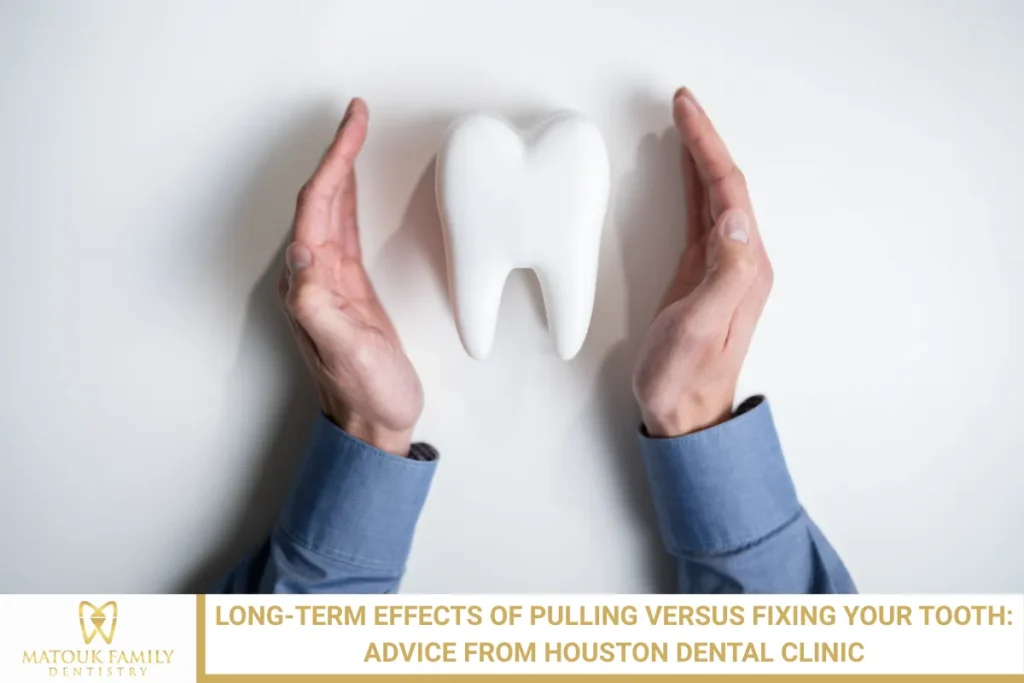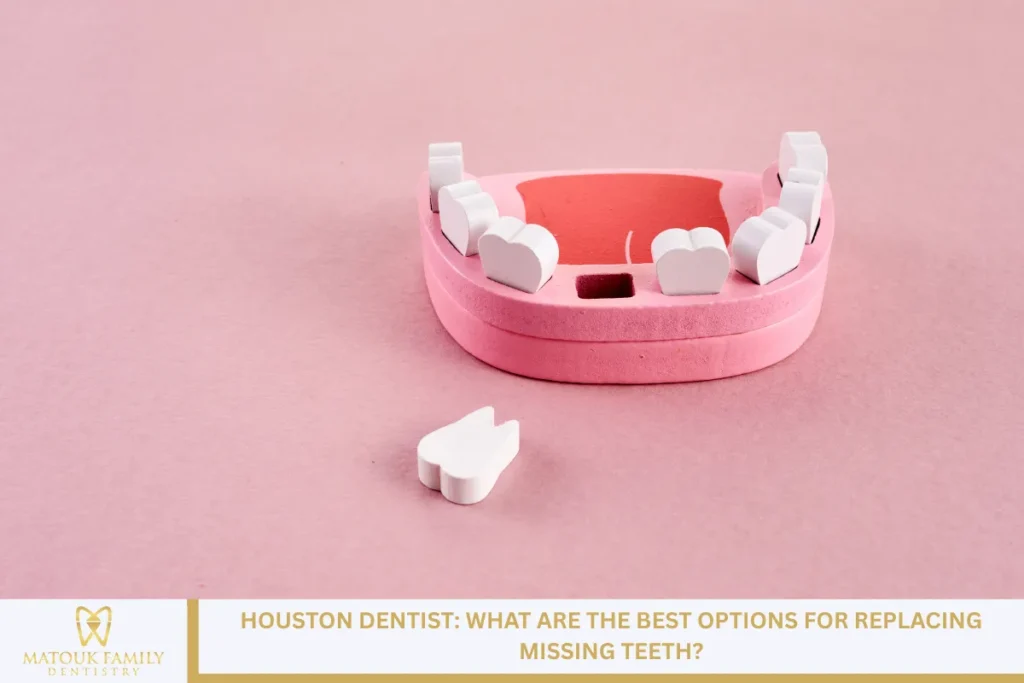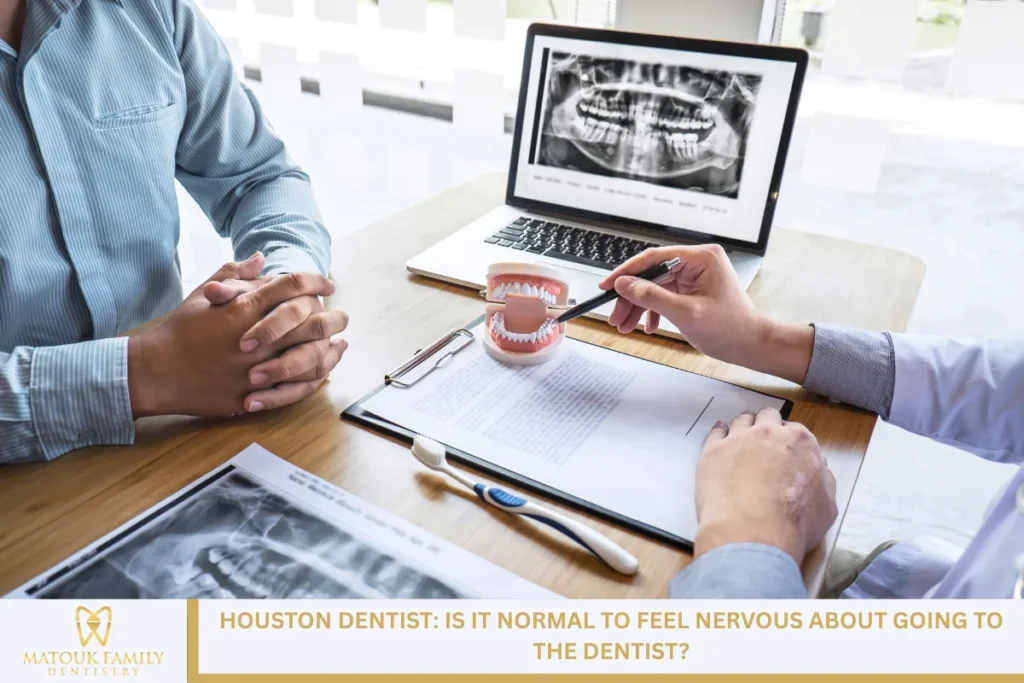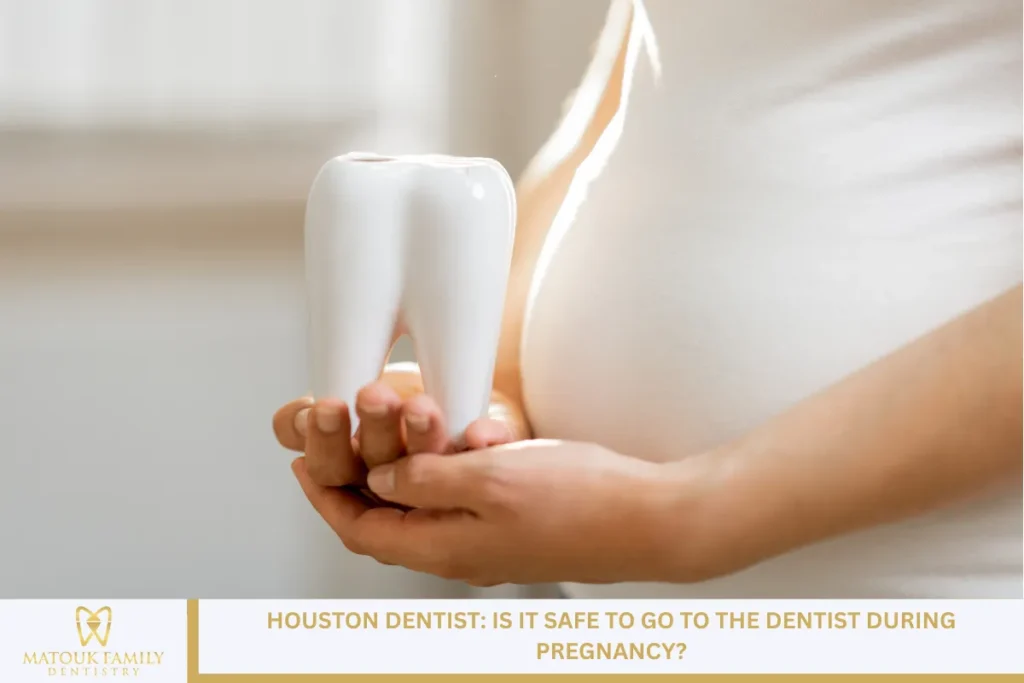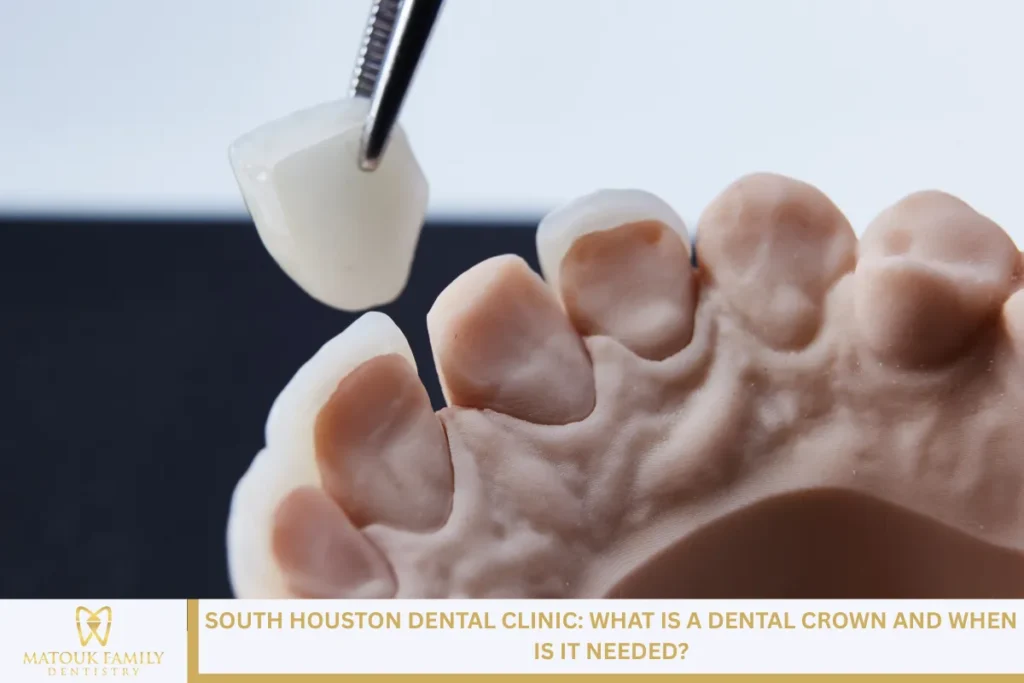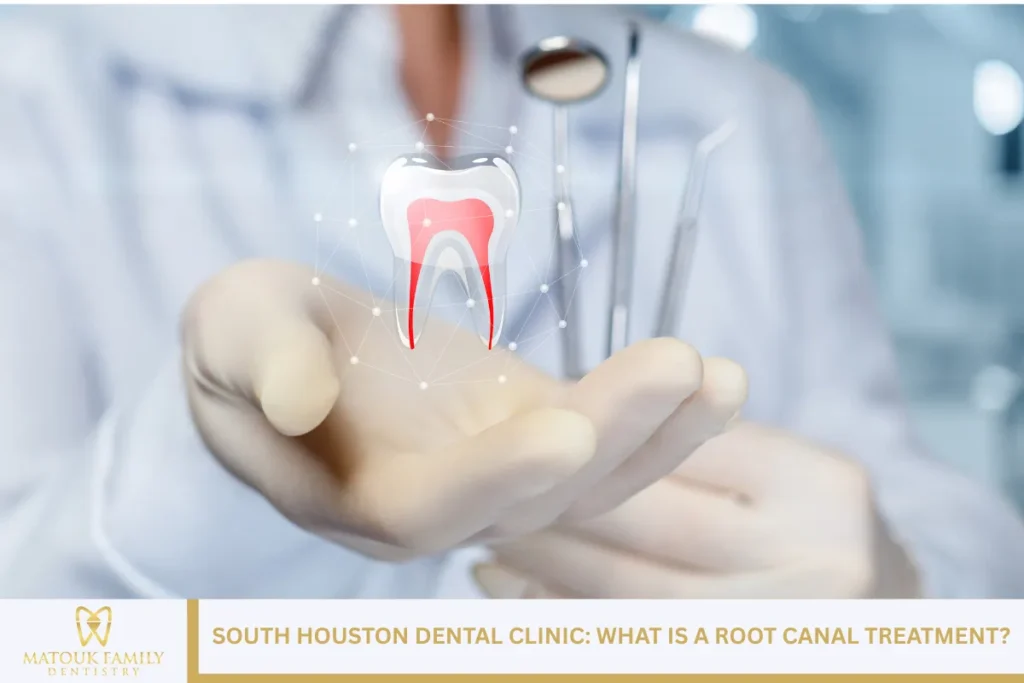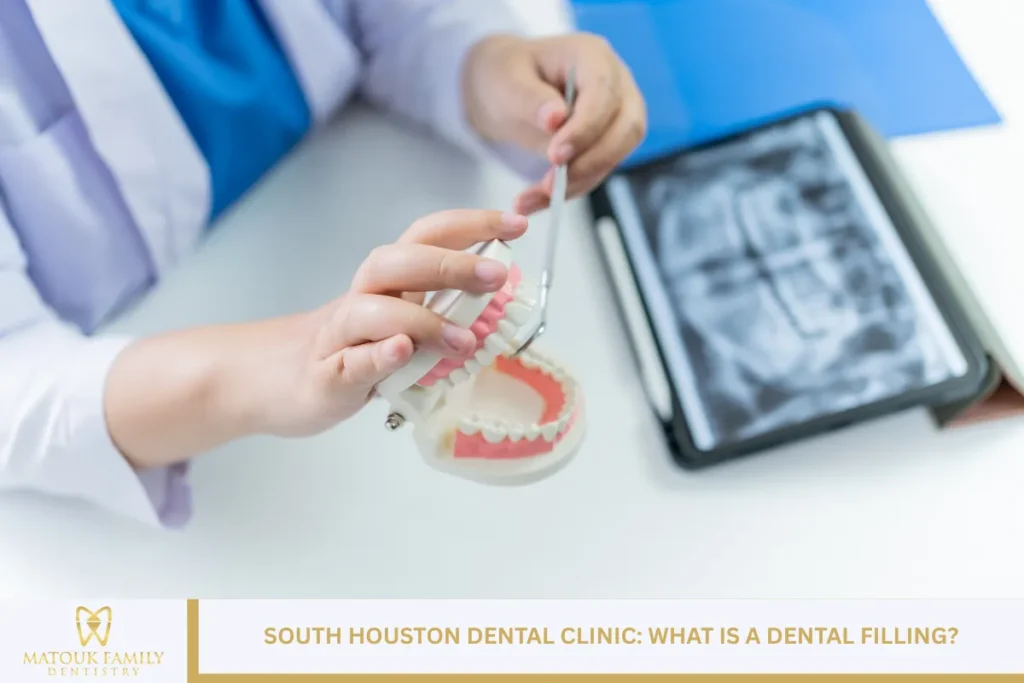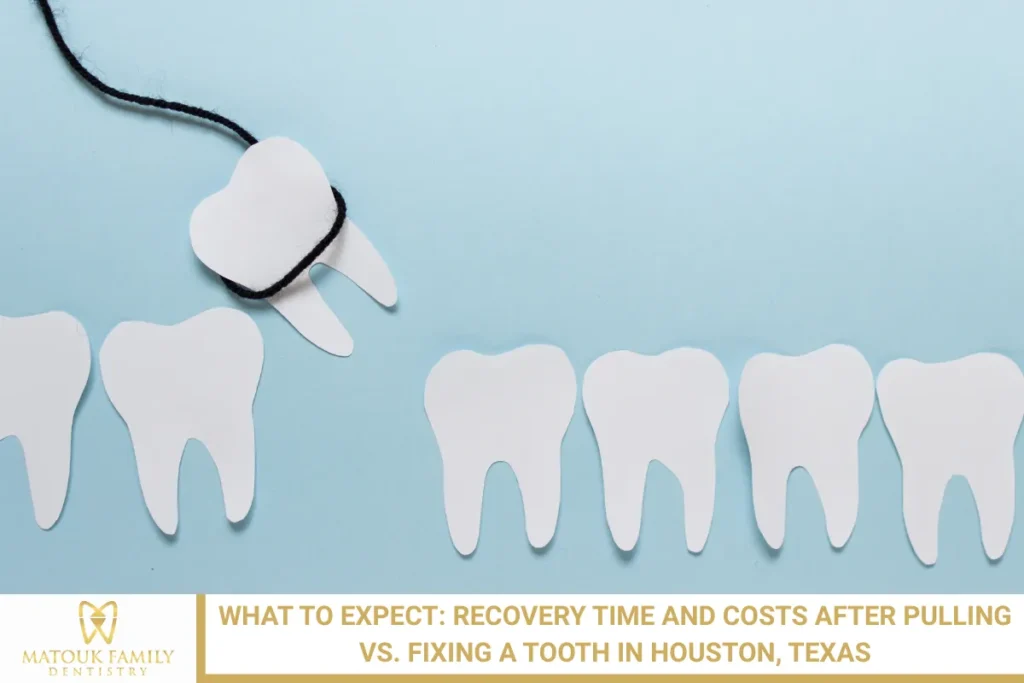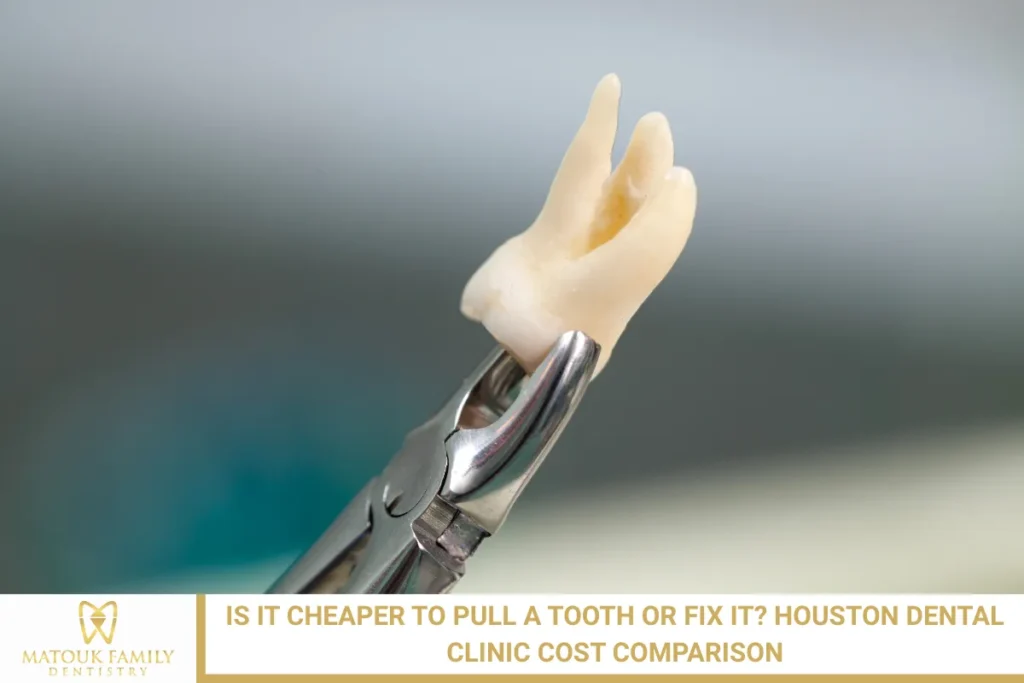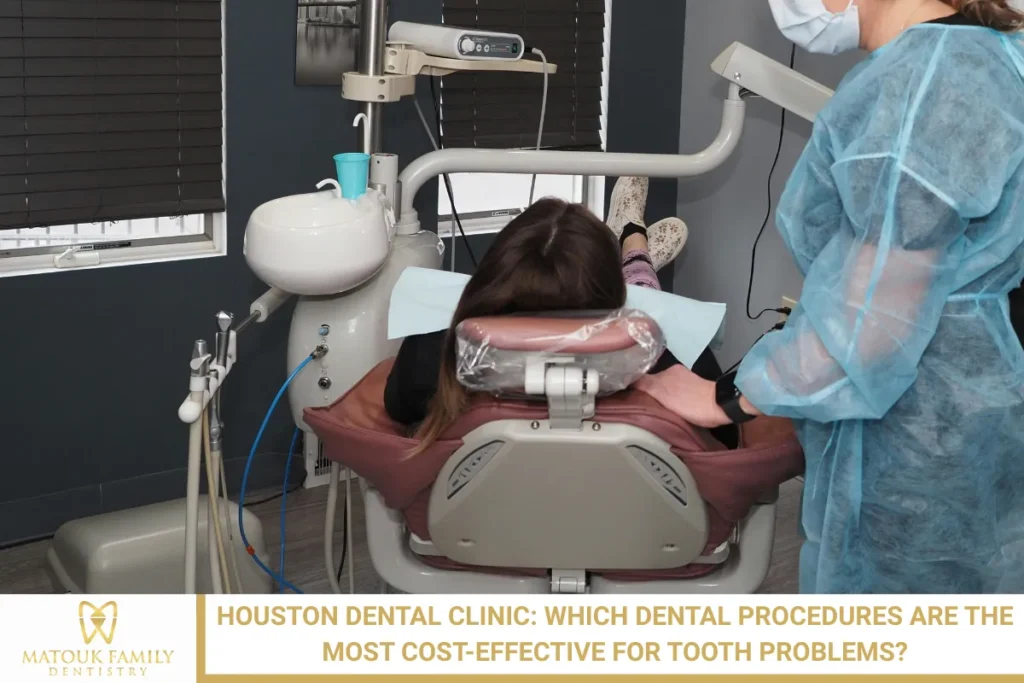Tooth problems can strike at any time, and for many people in Houston, the decision between pulling or fixing a damaged tooth becomes a real challenge. Right in the middle of this conversation is the advice often shared by any trusted dental clinic. This decision isn’t always straightforward and depends on various factors, including the extent of the damage, your long-term oral health goals, and financial considerations. However, more importantly, each option carries long-term consequences that impact your mouth, jaw, appearance, and overall dental health.
This article explores both choices in depth—what happens if you pull a tooth, what to expect when you choose to save it, and how each decision impacts your oral health over time. Whether you’re dealing with tooth decay, trauma, or infection, it’s important to be informed before you choose.
What Tooth Extraction Really Means
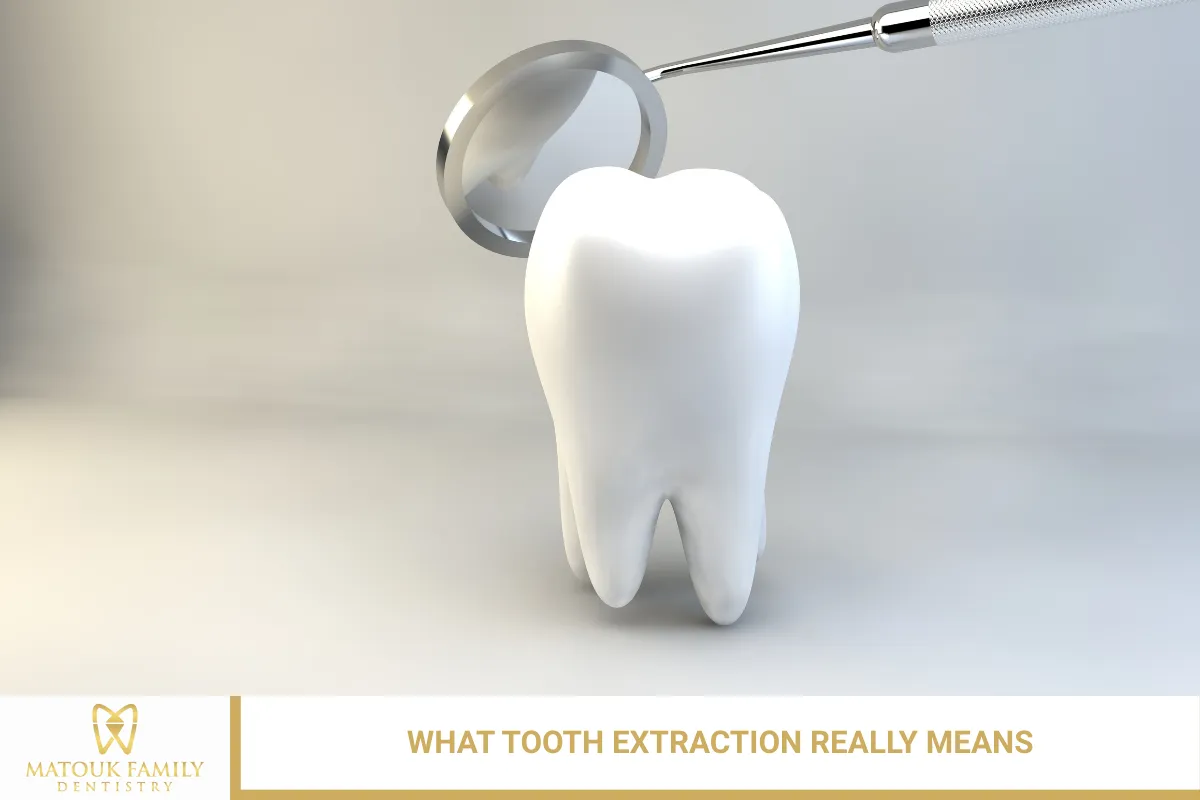
Tooth extraction is a dental procedure used to remove a tooth from its socket in the jawbone. It’s typically considered a last resort when a tooth cannot be saved due to severe damage, decay, or infection. In some cases, teeth are also removed to prepare for orthodontic work or to resolve overcrowding.
Short-Term Benefits of Tooth Removal
At first glance, pulling a tooth may seem like the simplest route. It can provide quick relief from pain, especially when the tooth is infected or irreparable. It also typically costs less upfront compared to other dental procedures, such as crowns or root canals.
However, the short-term ease can mask deeper long-term issues that slowly develop over time. Many patients who choose extraction without considering replacement options find themselves dealing with unexpected complications months or years later.
Long-Term Consequences of Tooth Extraction
Although it alleviates immediate discomfort, pulling a tooth opens the door to a series of changes in your mouth that can impact your oral health in ways you may not expect.
Loss of Bone Density in the Jaw
After a tooth is pulled, the jawbone in that area no longer receives the stimulation it once got from the tooth root. This leads to a gradual process called bone resorption, in which the body begins to absorb unused bone tissue. Over time, this can weaken the structure of your jaw and alter your facial appearance, especially if multiple teeth are extracted and not replaced.
Shifting of Adjacent Teeth
Teeth support each other. When a tooth is removed, the neighboring teeth start to drift into the space. This slow shifting affects the alignment of your bite and can create new gaps, uneven spacing, or overlapping teeth. These alignment problems can lead to difficulty chewing, changes in speech, and an increased risk of gum disease due to the challenge of cleaning misaligned teeth properly.
Possible Joint and Bite Issues
Misaligned teeth caused by extractions can place added pressure on your jaw joints. Over time, this pressure may contribute to temporomandibular joint disorders (TMD)—causing symptoms such as jaw pain, clicking sounds, and headaches. Even a single tooth removal, especially if it’s one of the molars, can trigger bite problems that affect the balance of your whole mouth.
Understanding the Importance of Fixing a Damaged Tooth
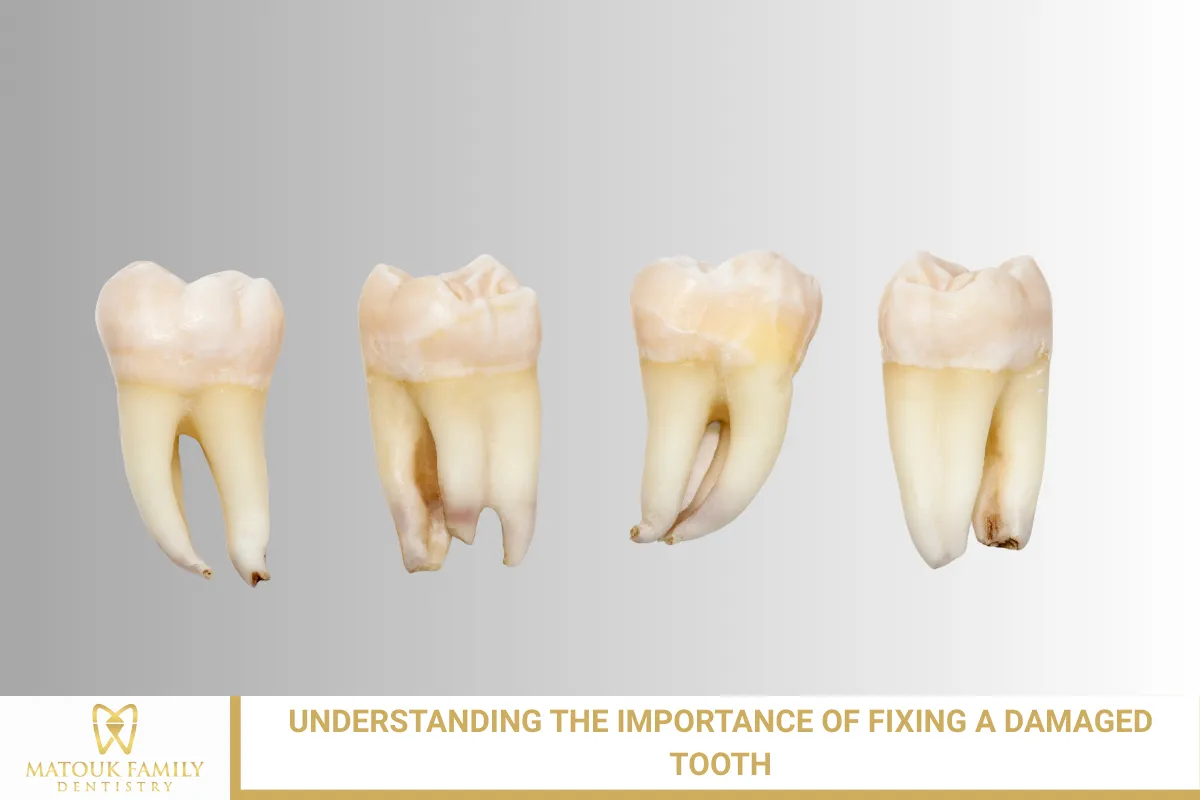
Saving your natural tooth is often considered the healthiest and most beneficial choice when possible. A repaired tooth continues to function as part of your natural bite, helping maintain alignment and overall oral structure.
Restoring Function and Comfort
Keeping your original tooth allows you to chew properly and speak clearly without the need for prosthetics. Natural teeth have roots that are deeply embedded in your jawbone, offering stability that no artificial replacement can fully replicate. Fixing a tooth helps preserve this structure and maintains normal sensory feedback when biting or chewing.
Preserving the Jawbone and Facial Shape
When the root of a natural tooth remains in place, it stimulates the surrounding jawbone during daily activities, such as chewing. This stimulation helps keep the bone strong and prevents the gradual deterioration that often follows extractions. In doing so, it also helps retain your natural facial shape and prevents the “sunken” look that often results from tooth loss.
Reducing Future Dental Complications
Repairing a tooth with a filling, crown, or root canal often eliminates the need for more complex dental work in the future. Once a tooth is removed, especially if it’s not replaced, patients may require additional treatments, such as implants, bridges, or dentures. These solutions, while effective, are often more time-consuming and costly compared to fixing the original tooth when the problem first appears.
Common Tooth Repair Procedures at Dental Clinics in Houston
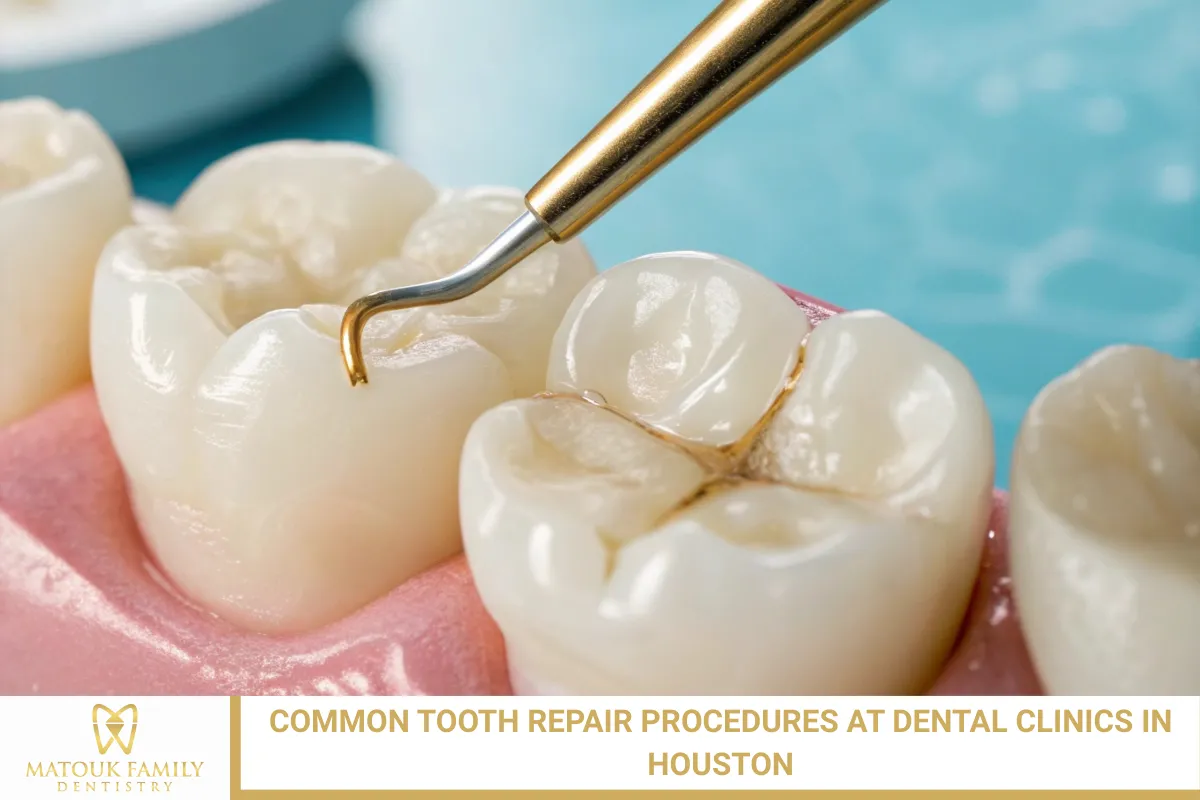
Choosing to fix a tooth usually involves one of several common restorative procedures. These treatments are available at most dental clinics and vary based on the extent of the tooth damage.
Root Canal Therapy
A root canal is used to treat a tooth that has deep decay or infection affecting the nerve. During this procedure, the infected pulp inside the tooth is carefully removed, the space is cleaned and disinfected, and the tooth is sealed. It’s typically finished with a dental crown to restore strength and protect the remaining structure. Despite the common fear surrounding root canals, the procedure is safe, routine, and usually no more uncomfortable than getting a filling.
Dental Crowns
When a tooth is cracked, worn down, or severely decayed, a crown can be used to cover and protect it. A dental crown is a custom-made cap that fits over the tooth to restore its shape, strength, and function. Crowns are designed to look and feel like your natural teeth, blending in seamlessly with your smile while offering long-term durability.
Tooth-Colored Fillings
For minor to moderate decay, a composite filling is often enough to restore the tooth. These fillings are made from durable, tooth-colored resin that bonds tightly to the tooth surface. They blend in naturally and require minimal removal of healthy tooth structure, making them a conservative and effective solution.
When Tooth Extraction Becomes Necessary
Despite the many benefits of saving a tooth, there are situations when extraction becomes the only viable choice. These include:
- Severe tooth decay has damaged most of the tooth structure.
- Deep fractures or cracks extending below the gum line.
- Widespread infection that doesn’t respond to root canal therapy.
- Advanced gum disease causes tooth mobility and bone loss.
- Wisdom teeth are causing overcrowding or recurring infections.
In these cases, dental professionals may recommend extraction to protect your overall health. However, even when a tooth must be pulled, it’s essential to have a plan for replacement to avoid the long-term complications described earlier.
Post-Extraction Replacement Options
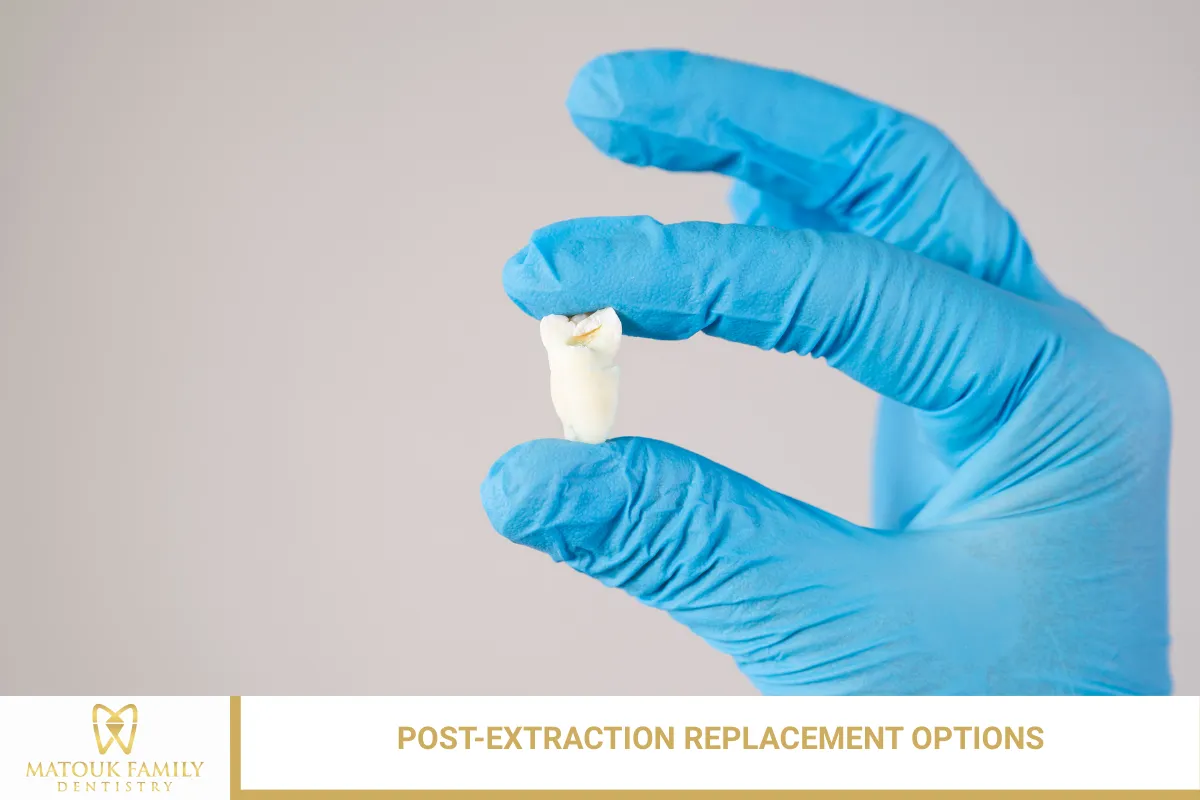
Removing a tooth is not the end of the story. To maintain oral health and prevent further issues, it’s important to consider one of the available replacement options:
Dental Implants
Dental implants are titanium posts placed into the jawbone to support artificial teeth. They are strong, long-lasting, and designed to look and feel like natural teeth. Implants also stimulate the jawbone, helping to prevent bone loss after an extraction.
Dental Bridges
A bridge fills the gap left by one or more missing teeth by anchoring to the neighboring teeth. This fixed solution restores chewing function and helps maintain proper bite alignment.
Dentures
Removable partial or full dentures are another option for replacing missing teeth. While less stable than implants or bridges, modern dentures are more comfortable and natural-looking than ever before.
Factors to Consider Before Making a Decision
Choosing whether to fix or pull a tooth requires careful consideration. It’s not just about today—it’s about how your choice affects your future oral health. Here are some key points to think about:
- Condition of the tooth: Can it be restored without compromising its long-term stability?
- Cost over time: Does the lower upfront cost of extraction outweigh the eventual expense of replacement treatments?
- Comfort and convenience: Are you prepared for the time and effort involved in multiple appointments or long-term solutions?
- Functionality: Will removing the tooth affect how you eat, speak, or look?
- Overall health: Do you have health conditions that affect your ability to undergo dental procedures?
A detailed evaluation from a dental professional is always the best way to make an informed decision that aligns with your needs.
A Long-Term View of Your Dental Health
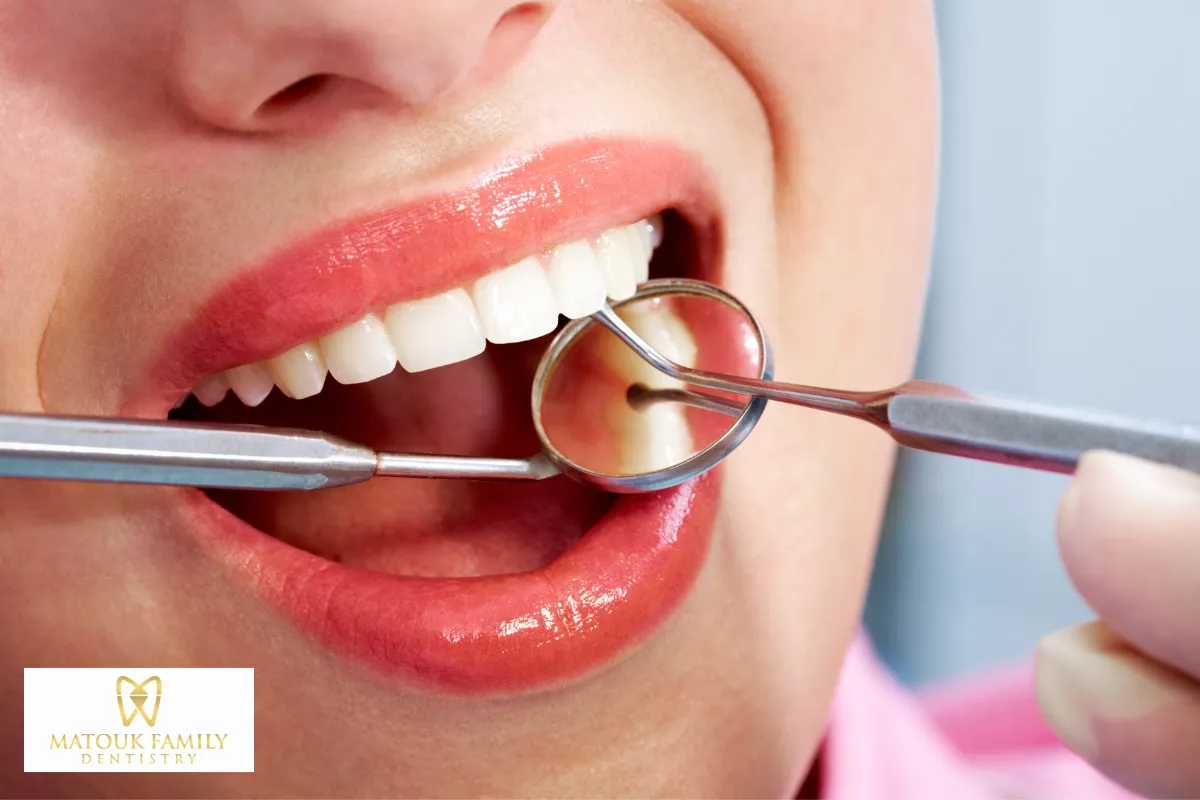
Deciding between pulling and fixing a tooth isn’t always easy. Both options come with benefits and challenges, and each choice carries long-term effects on your smile, comfort, and oral function. Fixing a tooth supports natural alignment, preserves jawbone health, and maintains bite strength, offering a stronger foundation for the future.
On the other hand, tooth extraction may be unavoidable in certain severe cases. But even then, it’s essential to plan for replacement. Ignoring a missing tooth can lead to shifting of the surrounding teeth, bone loss, and bite issues that can significantly impact your daily life. Long-term dental health always starts with thoughtful decision-making and guidance from experienced professionals.
Houston Dental Clinic – Matouk Family Dentistry
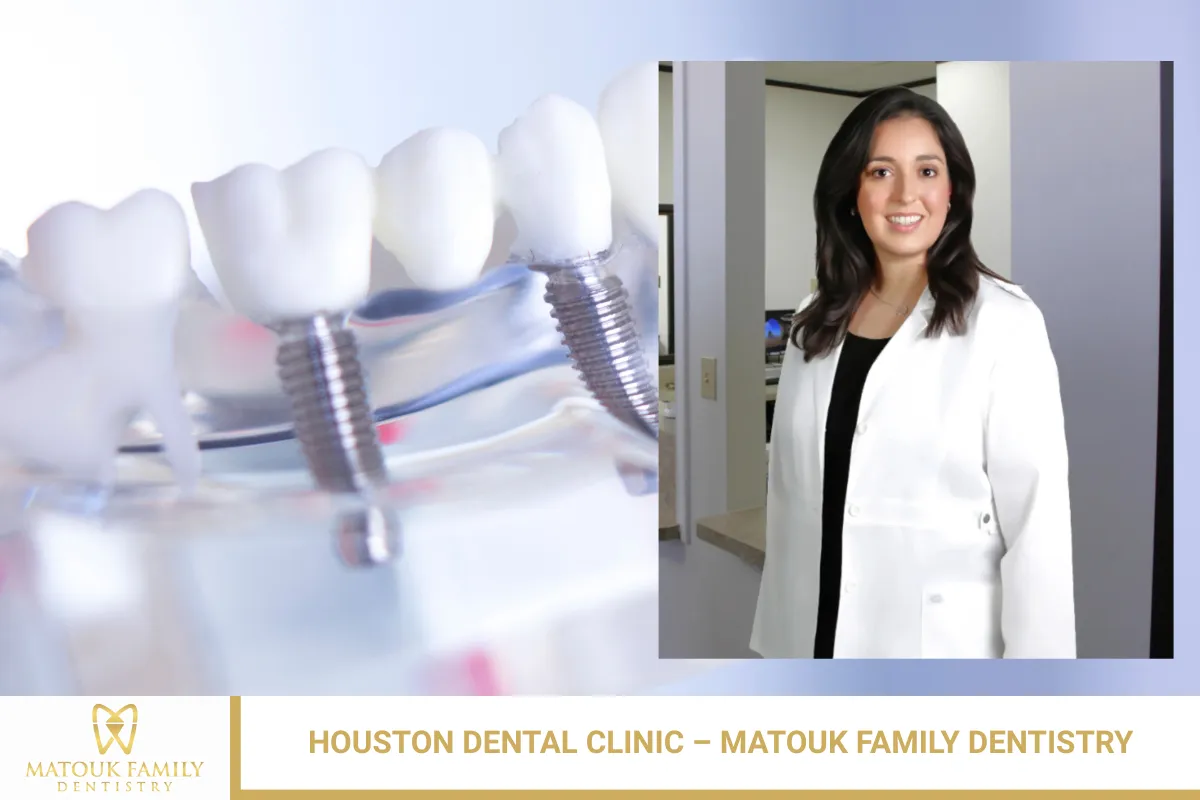
Matouk Family Dentistry is a Houston dental clinic providing a full range of general and restorative dental services. Our treatments include routine exams and cleanings, dental fillings, crowns, dentures, root canals, implant restorations, and oral cancer screenings. We focus on delivering high-quality care to help patients maintain and restore their oral health effectively.
Conveniently located off the Gulf Freeway, our clinic serves individuals and families across the Houston area. Our team is committed to offering clear communication, practical solutions, and a comfortable environment for every visit. To schedule an appointment, contact us at (281) 484-3675.
Frequently Asked Questions About Tooth Extraction and Repair
1. Is it better to pull a tooth or try to save it?
In most cases, saving a tooth is the preferred option because it helps maintain natural function, alignment, and jawbone health. Natural teeth provide stimulation to the jawbone, which helps prevent bone deterioration over time. They also preserve the natural bite and spacing of your other teeth.
However, there are situations where pulling a tooth is necessary—such as when the tooth is too damaged to repair, severely infected, or has advanced periodontal disease. While extraction may seem like a quicker fix, it often leads to more long-term complications if not followed by a replacement.
Dentists generally recommend keeping your natural teeth whenever possible through root canals, crowns, or other restorative procedures. These options protect the structure and strength of your mouth, often preventing more costly and invasive treatments in the future.
Always consult a licensed dentist to assess the condition of your tooth before making a decision.
2. What happens to your mouth after a tooth is extracted?
Once a tooth is removed, several physiological changes begin almost immediately. One of the most notable is the loss of stimulation to the jawbone in that area, which leads to bone resorption. The body begins to break down the bone tissue because it’s no longer needed to support a tooth. This process can start within a few weeks of extraction and continue over several months or years.
Another common issue is the shifting of adjacent teeth into the space left by the missing tooth. This can lead to bite problems, changes in how your teeth fit together, and even jaw discomfort over time. Food can also get trapped more easily in the gap, increasing the risk of gum infection or decay in surrounding teeth.
These changes may not be immediately apparent, but they can lead to serious long-term oral health concerns. That’s why dentists often recommend replacing extracted teeth with bridges, implants, or dentures.
3. Are dental implants a better option than leaving a gap after tooth extraction?
Yes, dental implants are generally a far better option than leaving a space after an extraction. When a tooth is pulled and not replaced, the surrounding teeth may shift, and the jawbone begins to weaken due to a lack of stimulation. Over time, this can lead to facial collapse, bite misalignment, and difficulties with proper chewing and speaking.
A dental implant serves as a substitute root. It helps preserve jawbone integrity by stimulating the surrounding bone, much like a natural tooth. Implants are also long-lasting, often lasting decades with proper care. They don’t affect nearby teeth and look very natural, which is a big advantage over some removable options.
However, not everyone is a candidate for implants. A strong and healthy jawbone is required, and healing time can be longer. Still, implants are widely considered the gold standard in tooth replacement and are recommended by most dental professionals when suitable.
4. How long does a dental crown last after a tooth is repaired?
Dental crowns typically last between 10 and 15 years on average. Still, with excellent oral hygiene and regular dental visits, many crowns can last even longer—up to 20 or 25 years. The lifespan of a crown depends on several factors, including the material used, the location of the crown in the mouth, your oral care habits, and whether you grind your teeth.
Porcelain and ceramic crowns are popular due to their natural appearance and durability, particularly for front teeth. Metal and porcelain-fused-to-metal crowns are often used on molars, as they can withstand the pressure of chewing.
Good daily habits, such as brushing, flossing, and avoiding hard or sticky foods, can help extend the life of a crown. Regular checkups enable your dentist to identify any issues early and make necessary adjustments. If you experience pain, looseness, or discomfort, it’s important to get the crown evaluated as soon as possible.
5. What are the risks of leaving a damaged tooth untreated?
Leaving a damaged or decayed tooth untreated can lead to a wide range of oral health problems. The most immediate concern is the risk of infection. Bacteria can penetrate through a cavity or crack and reach the inner pulp of the tooth, leading to an abscess. This painful and potentially serious condition may require emergency treatment.
Over time, the infection can spread to other areas of the body, including the jaw, neck, or even the bloodstream, in rare but serious cases. Untreated teeth can also break further, become more painful, and compromise the health of surrounding teeth and gums.
Additionally, a damaged tooth can impair your ability to chew properly. It may lead to digestive issues due to inadequate food breakdown. It can also change your bite and lead to jaw strain or headaches.
Timely treatment—whether it’s a filling, crown, or root canal—is the best way to avoid these complications.
Read more: What to Expect: Recovery Time and Costs After Pulling vs. Fixing a Tooth in Houston, Texas

